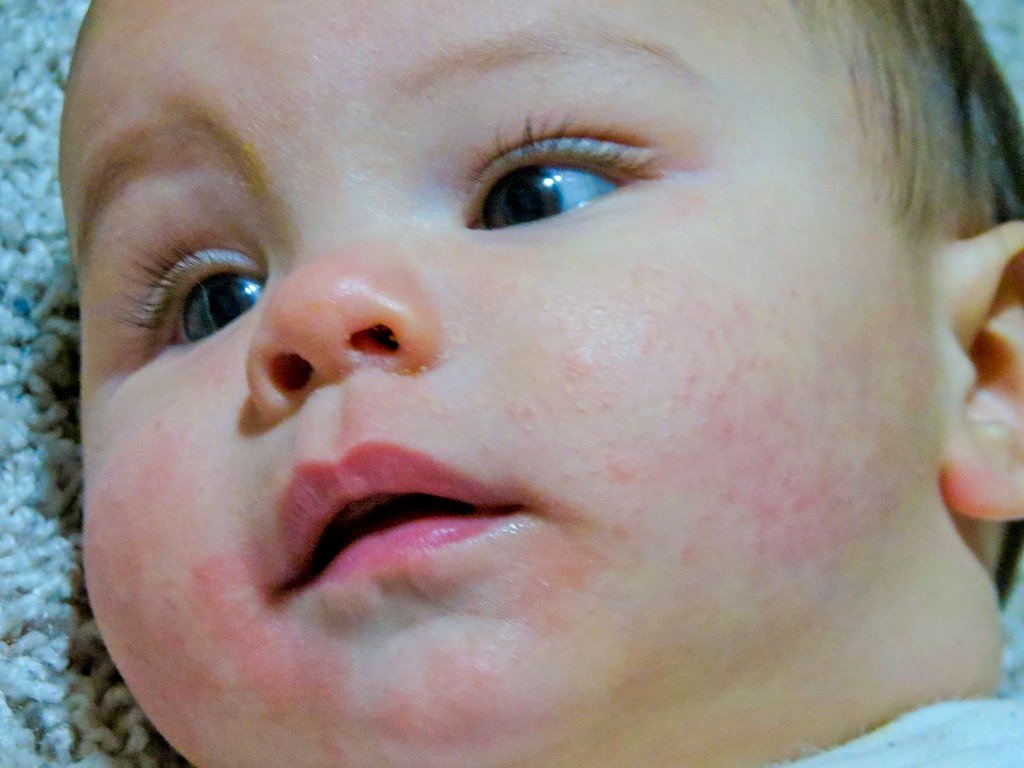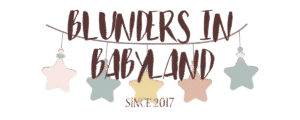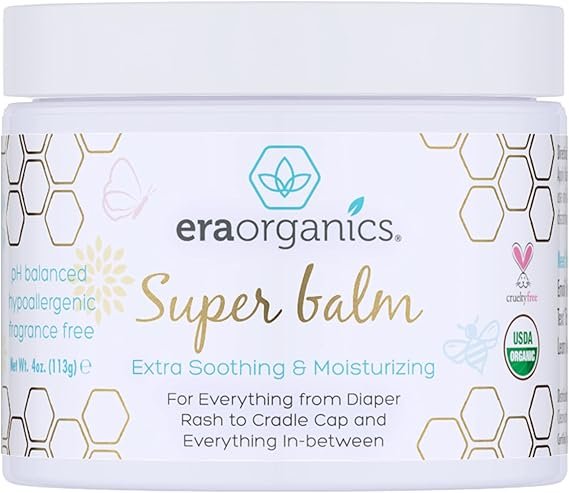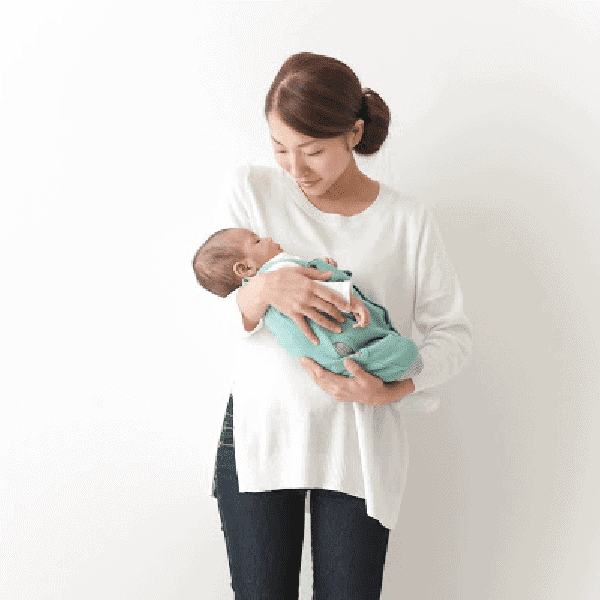Infant Eczema Treatment: Gentle Tips for Soothing Your Baby’s Skin
If you’ve noticed your baby has itchy, red, or dry spots, it might be infant eczema, also called atopic dermatitis. It’s a pretty common skin condition, and it can be tough on both you and your little one. There are ways to help. Keeping your baby’s skin moisturized and using gentle care can really ease their discomfort and help manage flare-ups.
Figuring out what sets off your baby’s eczema and learning how to keep their sensitive skin calm can make a world of difference. With a few simple steps at home and some advice from your doctor, you can keep your baby’s skin happier and less irritated.
Key Takeaways
- Infant eczema is common and causes dry, itchy patches on your baby’s skin.
- Regular moisturizing and gentle skincare help manage flare-ups.
- Medical treatments are available if home care isn’t enough.
Understanding Infant Eczema
Infant eczema leads to red, itchy, sometimes scaly patches on your baby’s skin. It can show up for lots of reasons, and there are a few different types, each with its own look and triggers.
Eczema Symptoms
Eczema in babies usually appears as dry, red, or tiny raised bumps on the cheeks, arms, legs, or scalp. The skin may feel rough or look flaky. Babies often try to scratch or rub these itchy spots, which sometimes leads to broken skin or scabs.
Common signs:
- Red or inflamed skin
- Itching or rubbing
- Dry or cracked patches
- Rough or thickened skin
The itching can make your baby cranky and even mess with their sleep. Sometimes you’ll see blisters or oozing spots, especially if the skin gets infected. If you spot these, it might be time to check in with your doctor.

Common Types in Babies
The most common type is atopic dermatitis (atopic eczema). It usually pops up on the face, scalp, and limbs, and it’s often itchy and red.
There’s also seborrheic dermatitis, better known as cradle cap. This causes greasy, yellowish, scaly patches on the scalp and sometimes the eyebrows or behind the ears. Cradle cap isn’t as itchy as other forms.
Less commonly, babies can get contact dermatitis when their skin reacts to something like soaps, detergents, or wool. Rarely, there’s dyshidrotic eczema, with small blisters on the hands or feet.
Causes and Risk Factors
Eczema happens when the skin barrier isn’t as strong, so it’s easier for irritants or germs to get in. If eczema, asthma, or allergies run in your family, your baby’s more likely to get it too.
Some triggers and risk factors:
- Dry air or weather changes
- Allergens like pollen, dust mites, pet dander
- Fragranced soaps, shampoos, detergents
- Rough materials like wool
- Stress or illness
Babies with eczema tend to have a more sensitive immune system. Keeping their skin moisturized and avoiding triggers can help prevent flare-ups.
Identifying Flare-Ups
It’s not always easy to spot eczema, especially on a baby’s delicate skin. Knowing what flare-ups look like and how eczema differs from other rashes can help.
Recognizing Flare-Ups
Flare-ups usually start as red, itchy patches on the cheeks, arms, or legs. The skin can look dry, bumpy, or cracked. Babies might scratch or rub these spots, which sometimes leads to bleeding or thickened skin.
Common triggers:
- Scented soaps or lotions
- Rough clothing
- Sudden temperature changes
- Food allergies
Symptoms often get worse after contact with a trigger. You might see small blisters, oozing areas, or peeling skin. These come and go, sometimes flaring up for days or weeks.
Differentiating From Other Skin Issues
Eczema can look a lot like other skin problems. For example, baby acne shows up as small red or white bumps on the face, but it doesn’t itch much. Bacterial infections, such as impetigo, can cause yellowish crusts and spread quickly. They’ll need antibiotics.
Contact dermatitis causes redness and swelling where the skin touched something irritating, while fungal infections have a clear border and are usually in moist spots.
Here’s a quick comparison:
| Condition | Common Signs | Itchiness | Main Locations |
|---|---|---|---|
| Eczema | Dry, itchy, red patches | High | Cheeks, arms, legs |
| Acne | Red/white bumps | Low | Face |
| Bacterial infection | Swollen, crusty sores | Variable | Around nose, mouth |
| Fungal infection | Red, clear border | Variable | Folds, diaper area |
This can help you explain symptoms to your doctor and get the right treatment.
Effective Home Treatments and Prevention
Helping your baby with eczema is about daily routines and making smart choices around the house. The products you pick and your baby’s environment matter a lot.
Moisturizers and Skin Care Routines
Use a thick, fragrance-free moisturizer after every bath and whenever your baby’s skin seems dry. Look for creams with ceramides to help repair the skin barrier and hold in moisture.
Put moisturizer on within three minutes of bathing to seal in hydration. Creams or ointments usually work better than lotions for dry skin.
Colloidal oatmeal creams can help soothe itchy spots. Plain petroleum jelly is also great for locking in moisture.
Skip moisturizers with alcohol, fragrances, or dyes. They can make things worse.
Bathing and Cleansing Tips
Give your baby quick, lukewarm baths, not hot ones. Five to ten minutes is plenty to hydrate the skin, but longer baths can dry it out.
Stick to mild, fragrance-free cleansers. Avoid bubble baths and harsh soaps, which strip natural oils. You can add colloidal oatmeal to the bath for extra soothing.
Pat your baby dry with a soft towel, leaving their skin a bit damp before moisturizing. Don’t rub or scrub.
Bathing every other day or as your doctor suggests is usually enough, especially if your baby’s skin is very dry.
Avoiding Irritants and Allergens
To cut down on triggers, dress your baby in loose, soft clothes. Cotton is a safe bet. Steer clear of wool and scratchy fabrics.
Wash new clothes before your baby wears them and use fragrance-free, dye-free laundry detergent. Skip fabric softeners and dryer sheets.
Keep your baby away from smoke, and watch out for pets if they seem to cause symptoms. Allergens like dust mites or some foods can also be triggers.
If you think certain foods, like dairy or eggs, are linked to flare-ups, talk to your doctor before making any changes.
Medical Treatments for Infant Eczema
Sometimes, doctors recommend medicine to calm eczema. Some treatments target itching and swelling, while others help if the skin is sore or infected.
Topical Corticosteroids and Hydrocortisone Cream
Doctors often suggest topical corticosteroids to cut down on redness, swelling, and itching. For mild eczema, a 1% hydrocortisone cream or ointment (over the counter) is often enough. Gently apply it to the affected area twice a day, but don’t use it longer than a week unless your doctor says so.
If the eczema isn’t improving, your doctor might prescribe a stronger steroid. Use these only as directed. Overusing can thin the skin or cause other issues.
Always check with your child’s doctor before starting or changing any medicated cream.
Managing Severe Cases and Infections
If eczema is severe or the skin gets yellow, crusty, or starts oozing, there may be an infection, often from bacteria like Staph. Your doctor might prescribe antibiotic creams or oral antibiotics if that’s the case.
For tough cases, newer treatments like dupilumab (a prescription shot) might be considered for older kids. Wet wrap therapy or phototherapy could be options if nothing else is working.
Doctors will keep an eye out for signs your baby needs special treatment, especially if infections keep happening. Quick care and regular check-ins with your healthcare provider help prevent bigger problems.
Frequently Asked Questions
Infant eczema is pretty common and can show up soon after birth. Parents usually have lots of questions about managing symptoms, what to expect, and whether anything in the daily routine could make it worse.
What can I use to alleviate eczema on my baby’s face?
A gentle, fragrance-free moisturizer is a solid choice. Apply it a few times a day, especially after baths. Short, lukewarm baths help too. Just pat the skin dry and moisturize right away.
Sometimes, your doctor might suggest a mild steroid cream. Don’t use prescription creams without checking with your doctor first.
Are there foods I should avoid giving my baby to prevent eczema flare-ups?
If your baby’s eating solids, keep an eye out for foods that seem to make things worse. Dairy, eggs, peanuts, or wheat are common triggers. Only cut foods if your doctor tells you to. Removing foods can affect nutrition.
If you’re breastfeeding, your doctor might talk to you about your own diet, but always check first.
Is it common for infant eczema to clear up on its own?
Some babies do outgrow eczema as they get older. For some, it improves or even disappears before school age, but for others, it might stick around into childhood.
Even if things get better, keep caring for your baby’s skin to help avoid future flare-ups.
What are the early signs of eczema in infants?
Dry, red, and itchy patches are the main signs. These usually show up on the cheeks, scalp, and arms or legs.
Your baby might seem fussy or try to scratch or rub at the itchy spots. Sometimes the skin looks rough or scaly.
What might be causing my baby’s eczema?
Eczema often runs in families and is linked to other allergies, like hay fever or asthma. Things like soaps, weather changes, and even certain fabrics or fragrances can make it worse.
Dry skin and environmental triggers are common culprits too.
Can I use Vaseline to help treat my infant’s eczema?
Yep, plain old petroleum jelly (Vaseline) is usually safe for most babies with eczema. It works by sealing in moisture and putting a protective layer over the skin. The best time to use it? Right after a bath, when your baby’s skin is still a bit damp.
If you notice your baby’s skin isn’t improving, or maybe it even seems worse after using Vaseline, it’s probably time to check in with your healthcare provider.







